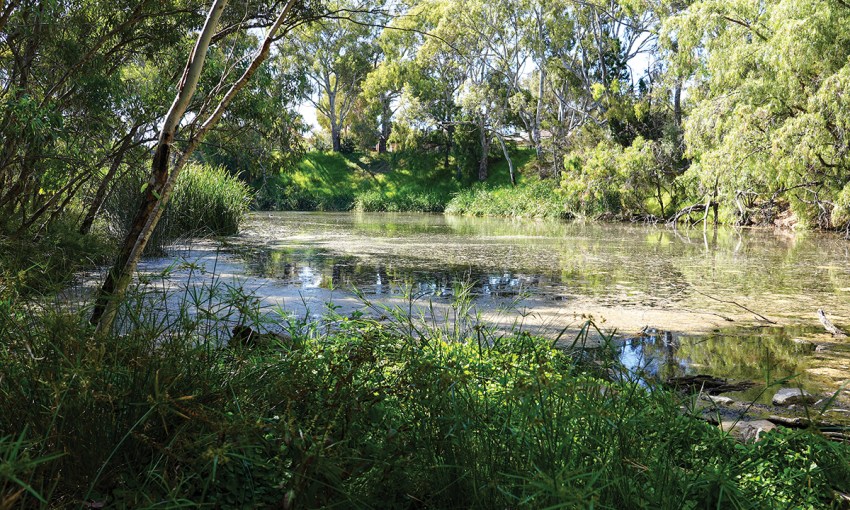Only a few kilometres east of the CBD, a group of dedicated volunteers maintains one of Adelaide’s most surprising and tranquil treasures.
Community growth at St Peters Billabong
St Peters River Park is a remarkable biological hotspot and facsimile of Adelaide’s pre-colonial landscape thanks to the efforts of a dedicated group of passionate locals.
The park, next to the well-known Linear Park, encompasses the picturesque LG Perriam Memorial Oval, walking trails and a kilometre-long spring-fed billabong.
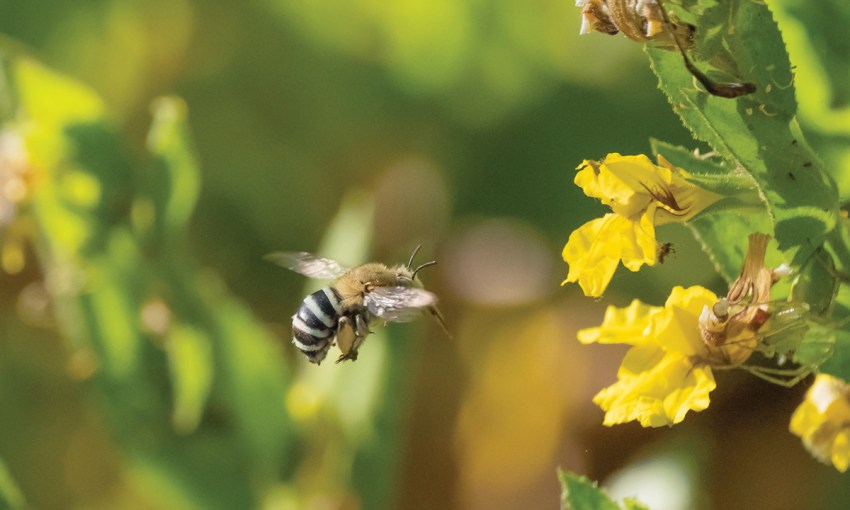
Much has changed in this area over the past 50 years. Once part of the 85 kilometre-long River Torrens (Karrawirra Parri), the billabong’s gentle meandering bends were separated from the main river when realignment and straightening of the Torrens occurred in the 1970s.
The separation coincided also with the closure of the adjacent dump and the installation of the LG Perriam Memorial Oval on its site. Many of the remnant Red Gums and Blue Gums were retained in the rehabilitation, however weeds soon engulfed embankments and the billabong surrounds, creating an eyesore, environmental issues and the need for ongoing council maintenance.
Thankfully, a number of local residents had the passion, skills and vision to look beyond the weeds and imagine a landscape of grassy woodland that, for millennia, covered much of the Adelaide Plains.
The Friends of the Billabong group was created more than 15 years ago with the aims to restore the native habitat of the St Peters Billabong, increase biodiversity and improve the quality of water flowing into the River Torrens.
Co-coordinators Nadia McLaren and Greg Coote are incredibly proud of the work that has been achieved so far in turning a once derelict industrial site into a thriving ecosystem filled with native flora, fauna and people.
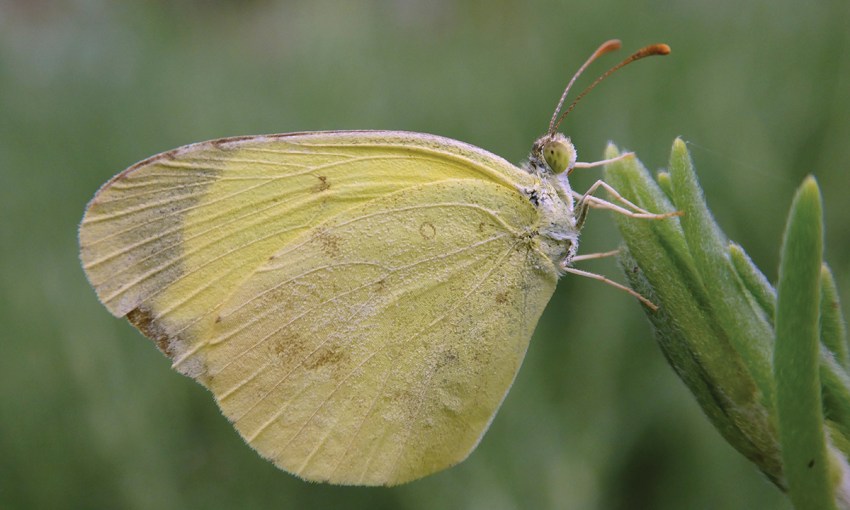
Grants, connections with various government agencies including the new Green Adelaide plus the group’s integration into the Norwood Payneham St Peters Council’s Volunteer Program have all been integral to the current success and outcomes of the Friends of the Billabong.
Turning inspiration into perspiration, volunteers are easily identifiable wearing their hi-vis vests at the monthly working bees.
The group boasts a broad skill set, including ecologists and environmentalists, so much research has been undertaken to ensure the more than 150 different species planted by the Friends are native to the local area.
They have collected seeds, sourced plants from commercial growers and, up until recently, they and their friends have also propagated and grown plants.
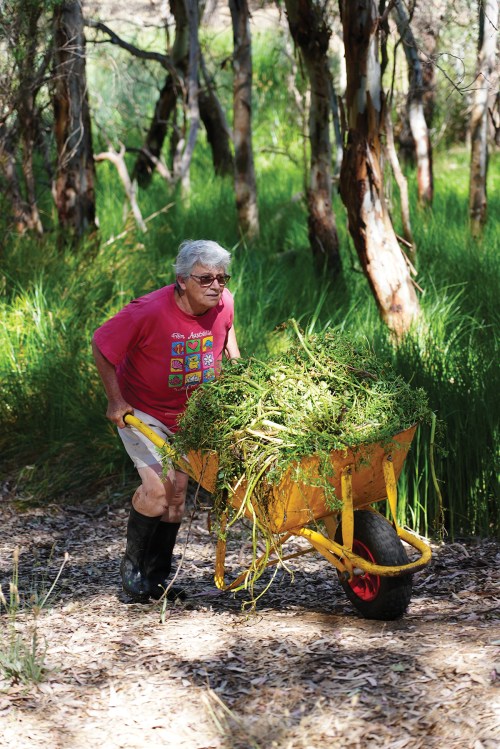
Adding around 600 plants a year has had its challenges, especially with the varied soil types on site – a legacy of the dump’s original excavation and subsequent ad hoc spreading of the different soil profiles.
It is not unusual to dig in one spot and find sand only to encounter hard clay only metres away. A reminder of the area’s industrial history is often brought to the surface via the excavation of an old engine part or two now and again.
Key to long-term plant sustainability is the ability of plants to self-reproduce with about half the species currently beginning to populate including Ruby Saltbush, a low growing succulent that fruits and flowers year-round, producing edible berries ranging in colour from yellow to red, and New Holland Daisy, a perennial showing off a flurry of tufted seed heads after flowering that are lifted and spread by wind across the site.

Lending authenticity to the vision of a pre-colonial grassy woodland landscape, swathes of feathery headed wallaby, kangaroo and other native grasses nod in the breeze, spreading and filling the planted site.
Birds, insects and reptiles have been drawn to this constantly evolving habitat. Blue-banded bees dart between nectar-filled blooms while little black cormorant, Australian white ibis, dusky moorhen and Australasian swamphen plus many others provide an impressive show of birdlife both on water and amongst the trees.
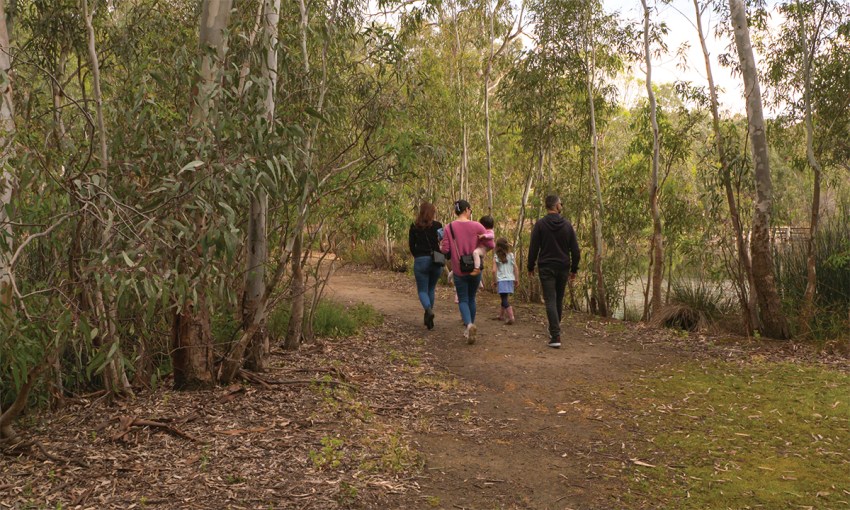
Plant it and they will come to St Peters Billabong. Maturing clumps of Punty Bush, a common mid-storey plant in the drier areas of the original Adelaide Plains, have encouraged the small grass yellow butterfly back into the environment.
Being an important host plant for egg laying and subsequent emergence, the punty bushes have borne generations of attractive and easily identifiable bright sulphur coloured small grass yellow butterflies that flit through the billabong in spring.
Faced with carpets of galenia, wireweed, weedy mallows, medic, thistles and more, the City of Norwood Payneham & St Peters Council has been integral in providing vital weed control on areas to be developed.
Removing the bulk of invasive weeds has allowed the Friends to target small outbreaks and give new plants an opportunity to establish and suppress any recalcitrant weeds.
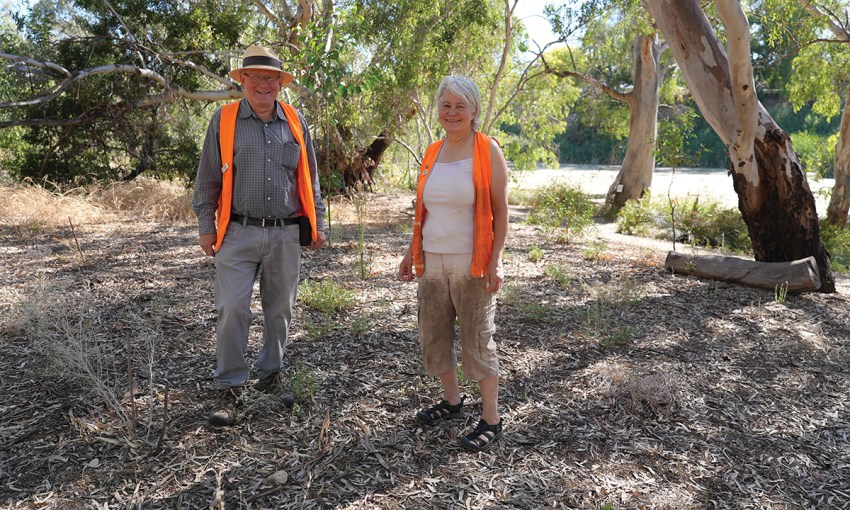
Weeding is constantly on the monthly working bee list with hand-pulling of persistently pesky watercress (Rorippa nasturtium-aquaticum) a regular occurrence.
Regarded as an environmental weed in waterways across South Australia, watercress has found its way to the billabong through stormwater runoff and has established along the banks, smothering and choking native plants.
While hard at work, the volunteers always keep up their friendly chat while pulling and removing countless wheelbarrows of this invasive weed.
Contoured slopes and plenty of council-supplied mulch has helped reduce erosion of the banks, suppress weeds and retain valuable moisture for both new and established plants.
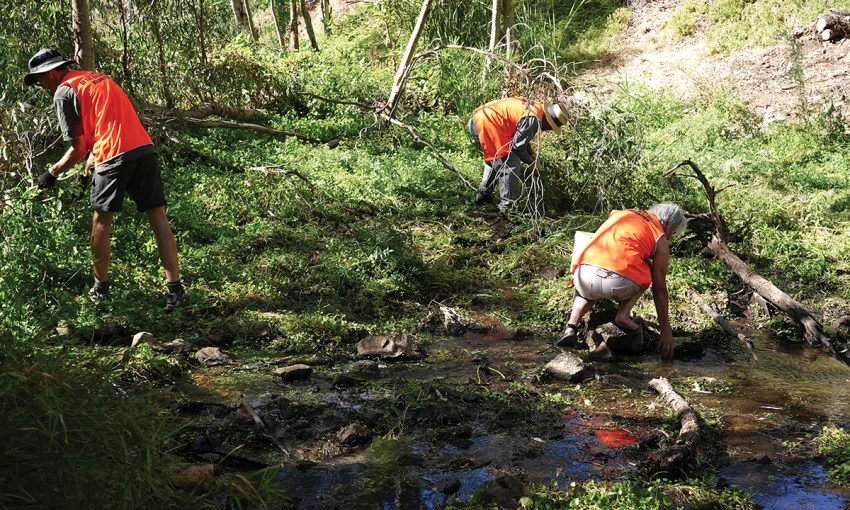
Many volunteers have set areas and tasks. Long term Friend of the Billabong, Barbara Rowe, is an enthusiastic overseer of the River Street carpark gardens, keeping weeds at bay, attending to wayward litter and, importantly, suppling new plants with a much needed and inventive drink.
Dunking wine bottles into a bucket of water, Barbara upends the water-filled vessels, top first, into the ground. The reservoir of water slowly seeps through the soil giving roots a long-term supply of valuable and life-sustaining moisture.
Another volunteer and avid beekeeper, Bronwyn Westcott, loves her time outdoors among the plants and like-minded people, and feels it is both a privilege and obligation to be involved. As one of the major morning tea cake suppliers, she has turned her hand to baking vegan and gluten-free options to ensure all human needs are met.
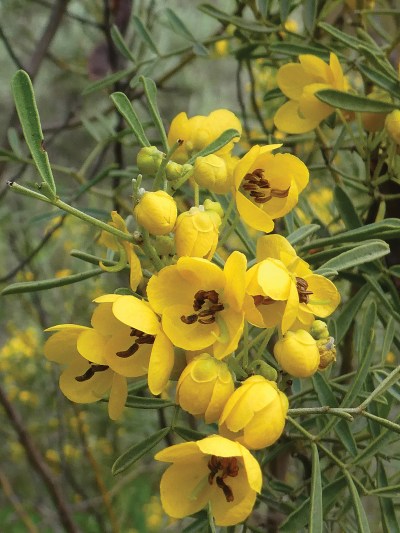
The Friends of the Billabong, like so many community groups, has left an indelible mark on the people involved: creating new skills, developing friendships and, in the Friends’ case, changing a landscape.
The gentle swale falling west to east from the LG Perriam Memorial Oval towards the St Peters Billabong lagoon has become a rare grassy woodland landscape that is being shared with Kaurna people and the wider community alike.
Visitors entering the St Peters Billabong from either the River or Goss street entrances will find a bushland and billabong that transports you far from the madding crowd: a quiet place to wander, contemplate and explore. The greatest compliment any Friends of the Billabong volunteer receives is when they overhear passers talking about the ‘natural’ piece of bush through which they are walking.
There is plenty of room to develop more wonderfully diverse ecosystems in the area. If you are interested in becoming a Friends of the Billabong volunteer, contact the City of Norwood Payneham & St Peters. You will be very welcome.
This article first appeared in the February 2022 issue of SALIFE magazine.



